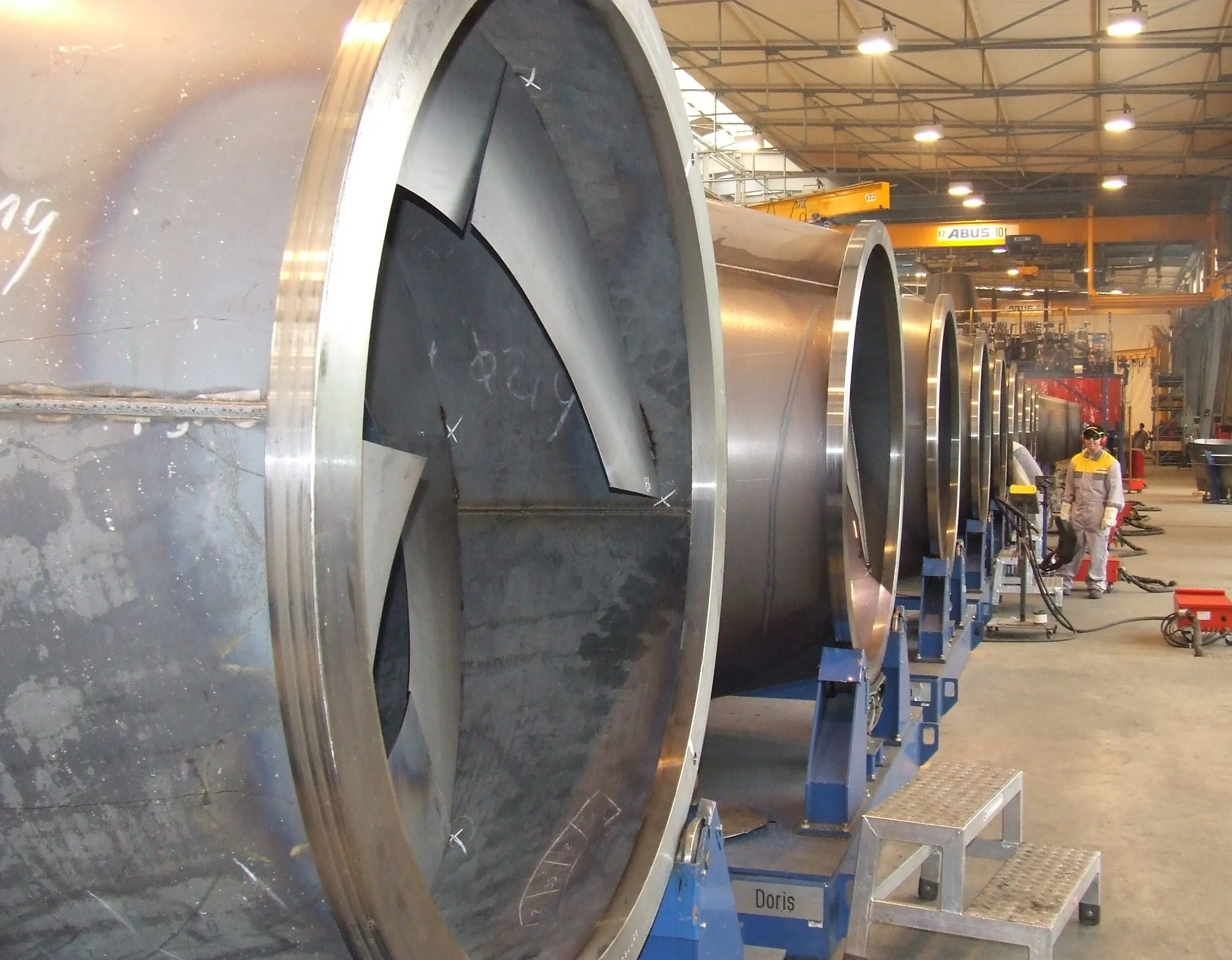The latest report from Europe’s contractor association, the FIEC, shows that the recovery of the construction industry should continue, but at a slower pace. The FIEC reports a 2.4% recovery in activity in the overall EU construction industry in 2015 and forecasts an increase of 2.1% in 2016.
“After reaching the bottom in 2013 activity is slowly recovering in the construction industry,” said FIEC Vice-President Jean-Louis Marchand, responsible for economic issues, as he presented FIEC’s annual statistics
June 15, 2016
Read time: 3 mins
The latest report from Europe’s contractor association, the FIEC, shows that the recovery of the construction industry should continue, but at a slower pace. The FIEC reports a 2.4% recovery in activity in the overall EU construction industry in 2015 and forecasts an increase of 2.1% in 2016.
“After reaching the bottom in 2013 activity is slowly recovering in the construction industry,” said FIEC Vice-President Jean-Louis Marchand, responsible for economic issues, as he presented FIEC’s annual statistics 2016. “In 2015 the increase in activity has finally been slightly higher than we had initially forecasted and the trend is expected to continue in 2016, but at a slower pace.” He added.
Marchand said, “Overall, EU total construction output amounted to €1,241 billion in 2015, which represents an increase of 2.4% compared to 2014”, reported Marchand. “This is positive, but we will still need time to catch up with the pre-crisis levels.”
According to FIEC’s statistics, developments in the EU show the following results overall
Behind the overall figure for the EU as a whole, disparities between Member States remain significant with Sweden seeing the strongest growth at 10% leading and Greece the weakest, at -15.1%.
The increase in activity in 2015 is mainly due to the 6.2% growth in civil engineering and 3.5% growth in housebuilding.
Rehabilitation and maintenance activity maintained relatively stable development before and throughout the crisis with a 2.6% growth in 2015. This has cushioned the construction sector. This trend is expected to continue in the near future.
Overall civil engineering activity in 2015 increased with a high growth rate of 6.2%, mainly boosted by significant infrastructure investments in the UK. The stronger the construction sector, the greater the demand for construction machines as well as materials. Clearly, a healthy civil engineering sector can help fuel jobs in manufacturing and supplying construction machines as well as sourcing materials such as concrete and asphalt, and driving forward the quarrying sector.
The level of employment in the construction industry increased slightly by 0.9% in 2015. But it should not be forgotten that over the period 2008-2014, the sector lost more than 2 million jobs. Altogether, construction provides jobs for 14.1 million people, which represents 6.4% of Europe’s total employment. This rises to 42.3 million jobs when including the indirect employment generated in related sectors.
In spite of the troubled period, the construction industry remains one of the major engines of Europe’s growth. It represents 8.5% of EU GDP and 3.2 million enterprises – the vast majority of which are SMEs.
“After reaching the bottom in 2013 activity is slowly recovering in the construction industry,” said FIEC Vice-President Jean-Louis Marchand, responsible for economic issues, as he presented FIEC’s annual statistics 2016. “In 2015 the increase in activity has finally been slightly higher than we had initially forecasted and the trend is expected to continue in 2016, but at a slower pace.” He added.
Marchand said, “Overall, EU total construction output amounted to €1,241 billion in 2015, which represents an increase of 2.4% compared to 2014”, reported Marchand. “This is positive, but we will still need time to catch up with the pre-crisis levels.”
According to FIEC’s statistics, developments in the EU show the following results overall
Behind the overall figure for the EU as a whole, disparities between Member States remain significant with Sweden seeing the strongest growth at 10% leading and Greece the weakest, at -15.1%.
The increase in activity in 2015 is mainly due to the 6.2% growth in civil engineering and 3.5% growth in housebuilding.
Rehabilitation and maintenance activity maintained relatively stable development before and throughout the crisis with a 2.6% growth in 2015. This has cushioned the construction sector. This trend is expected to continue in the near future.
Overall civil engineering activity in 2015 increased with a high growth rate of 6.2%, mainly boosted by significant infrastructure investments in the UK. The stronger the construction sector, the greater the demand for construction machines as well as materials. Clearly, a healthy civil engineering sector can help fuel jobs in manufacturing and supplying construction machines as well as sourcing materials such as concrete and asphalt, and driving forward the quarrying sector.
The level of employment in the construction industry increased slightly by 0.9% in 2015. But it should not be forgotten that over the period 2008-2014, the sector lost more than 2 million jobs. Altogether, construction provides jobs for 14.1 million people, which represents 6.4% of Europe’s total employment. This rises to 42.3 million jobs when including the indirect employment generated in related sectors.
In spite of the troubled period, the construction industry remains one of the major engines of Europe’s growth. It represents 8.5% of EU GDP and 3.2 million enterprises – the vast majority of which are SMEs.






